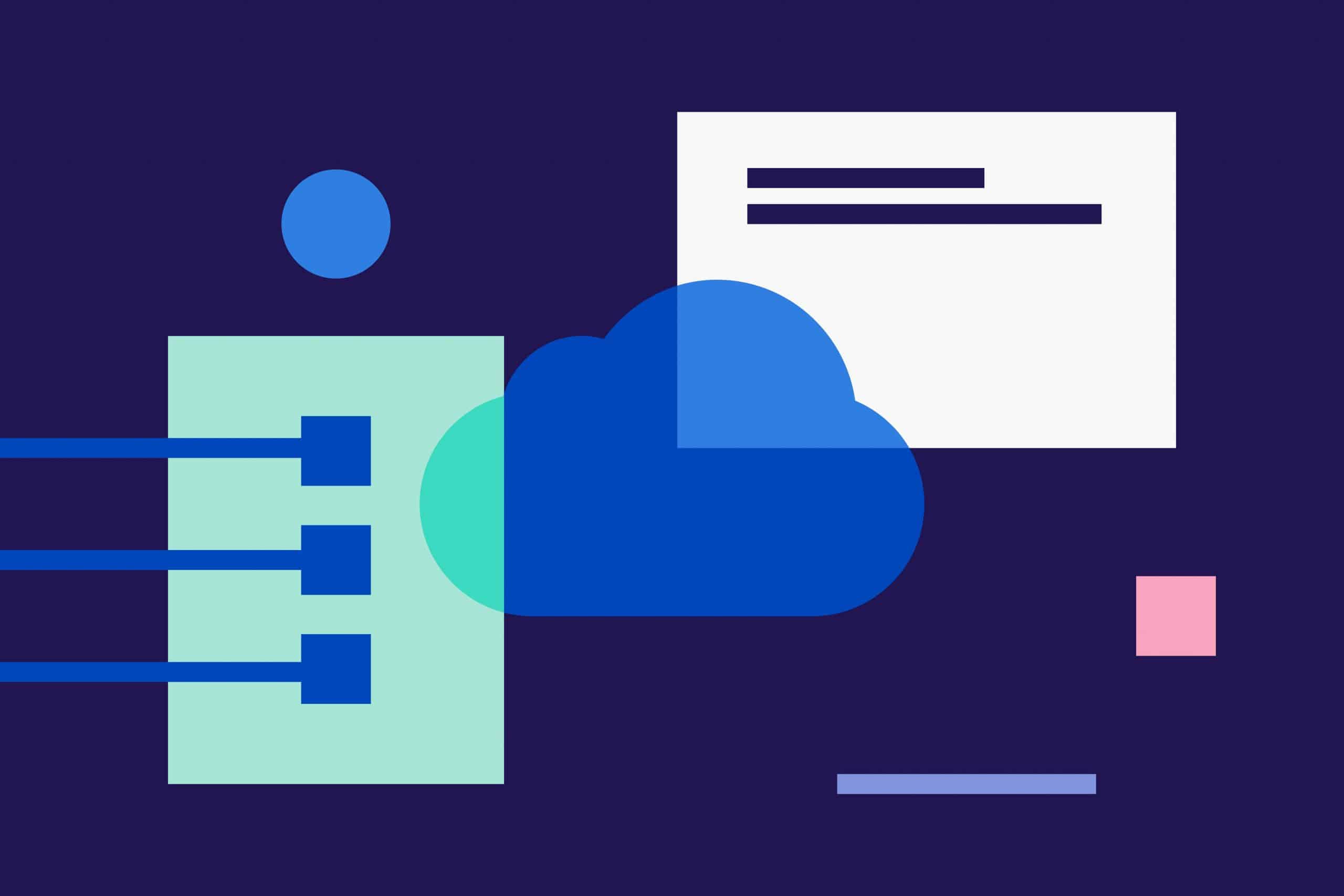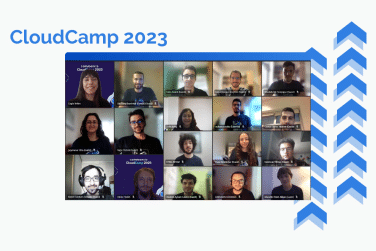Securing Tomorrow's Cloud-Native Applications: Best Practices and Foresight
Securing Tomorrow's Cloud-Native Applications: Best Practices and Foresight
In our previous blog post, we delved into the strategies of cloud-native security, emphasizing the importance of safeguarding modern applications and data in the cloud-native environment. Building upon that foundation, this article will take a closer look at the practical aspects of developing secure cloud-native applications.
We will outline a set of best practices that are essential for ensuring the security of your cloud-native applications while also helping you meet stringent regulatory requirements. Additionally, we’ll provide insights into the evolving landscape of cloud-native application security and offer guidance on how you can proactively stay ahead of emerging threats and challenges. Join us as we navigate the dynamic realm of cloud-native application security, where innovation and protection go hand in hand.
Best Practices for Cloud-Native Application Security
Regularly updating and patching all components of the cloud-native application stack is crucial for mitigating known vulnerabilities. Implementing strong access control measures, such as role-based access control (RBAC) and multi-factor authentication (MFA), adds an extra layer of security. Employing network segmentation and isolation techniques helps minimize the attack surface and restricts lateral movement within the infrastructure.
Monitoring and logging all activity in the cloud-native environment enables real-time threat detection and response to security incidents. Continuously educating and training development teams on cloud-native security best practices fosters a security-first mindset. By following these best practices, organizations can enhance the security of their cloud-native applications and protect against potential threats.
The Principle of Least Privilege
The principle of least privilege (PoLP) ensures that each component or user in a cloud-native environment has only the minimum necessary privileges. By granting excessive permissions, the risk of unauthorized access and potential security breaches increases. However, by limiting access rights to only what is required for specific tasks, the impact of any potential security breach is minimized. In addition, implementing the principle of least privilege helps enforce the principle of separation of duties and reduces the attack surface.
It is essential to regularly review and adjust access privileges based on changing requirements to maintain a secure cloud-native environment. This practice aligns with the shift towards a zero-trust architecture, where trust is never assumed, and strict access controls are implemented. Adopting the principle of least privilege is crucial for the overall application security of cloud-native environments.
Introduction to Zero-Trust Architecture
Zero-trust architecture is a crucial concept in the realm of secure cloud-native applications. Its importance lies in the fact that traditional security measures, such as perimeter-based defenses, are no longer sufficient to protect modern applications. The key principles of zero-trust architecture revolve around continuous authentication and authorization, where access is granted on a need-to-know basis. By implementing microservices and containerization, organizations can enforce a zero-trust approach, providing real-time threat detection and response capabilities.
Zero-trust architecture helps prevent data breaches by eliminating the assumption of trust within the network. It improves overall security posture by focusing on identity and access management, ensuring that only authorized entities have access to sensitive resources. This paradigm shift in application security aligns with OWASP best practices and can be seamlessly integrated into the CI/CD pipeline.
As organizations increasingly operate in multi-cloud environments, zero-trust architecture serves as a robust security mesh, protecting applications and their nodes across various cloud providers. By treating all requests as potentially malicious and employing service meshes, organizations can establish a secure foundation for their cloud-native applications. When deploying infrastructure-as-code (IaC) and implementing zero trust, organizations can achieve enhanced security and maintain control over their cloud-native environments.
Managing Identity and Access
To ensure the security of your cloud-native applications, it is crucial to effectively manage identity and access. One way to do this is by utilizing a centralized identity and access management system. This system allows you to have control over user access and ensures that only authorized individuals can access sensitive resources.
Another important measure is implementing multi-factor authentication, which adds an extra layer of security to user logins. By requiring users to provide multiple factors such as a password and a unique code, you can significantly reduce the risk of unauthorized access. Additionally, implementing role-based access control enables you to limit user access rights to only what is necessary for their job functions.
Regularly reviewing and auditing user access helps ensure that it aligns with business needs and compliance requirements. Finally, considering the use of encryption for sensitive data and implementing policies to protect against unauthorized access further enhances the security of your cloud-native applications.
How will cloud-native applications be secured in the future?
Embracing DevSecOps is crucial in building secure cloud-native applications. By integrating security into every stage of the development process, from planning to deployment, organizations can ensure that their applications are protected against potential threats. Containerization is another essential aspect of cloud-native application security. Using containers provides an isolated environment for applications, enhancing their overall security.
To effectively safeguard against security risks, it is important to monitor and respond to threats in real-time. Implementing continuous monitoring and automated response systems enables organizations to quickly detect and address security vulnerabilities. Additionally, protecting data in transit and at rest is vital. Encryption should be used to safeguard sensitive information throughout its journey. Lastly, employing best practices for access management, such as multi-factor authentication and role-based access control, helps limit access to cloud-native applications and enhances their overall security.
Key Takeaways
Best practices for cloud-native applications lay the foundation for success in an increasingly dynamic digital landscape. By prioritizing security, scalability, and flexibility, organizations can confidently navigate the cloud-native journey. Following best practices such as the principle of least privilege, zero-trust architecture, and managing identity and access will further strengthen your security measures. Looking ahead, the future of cloud-native application security will continue to evolve as new technologies and threats emerge. Stay proactive and stay updated with the latest trends and advancements in security to keep your cloud-native applications protected.
Commencis is an AWS Advanced Consulting Partner that helps organizations develop Cloud Native Applications. Our Cloud team has a deep understanding of the framework and can help organizations implement it in a way that meets their specific needs. Contact our cloud experts to enable cloud workload efficiency in your business.
Reading Time: 5 minutes
Don’t miss out the latestCommencis Thoughts and News.




